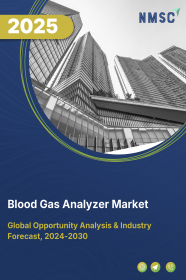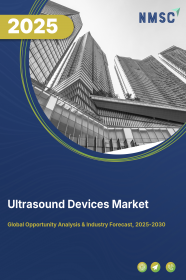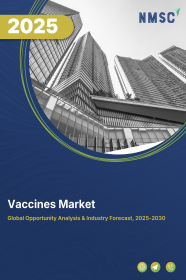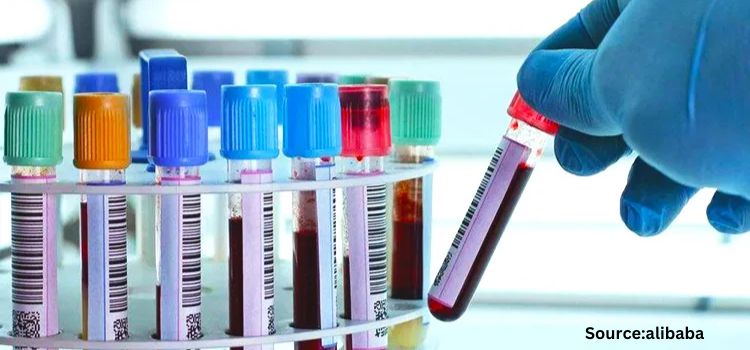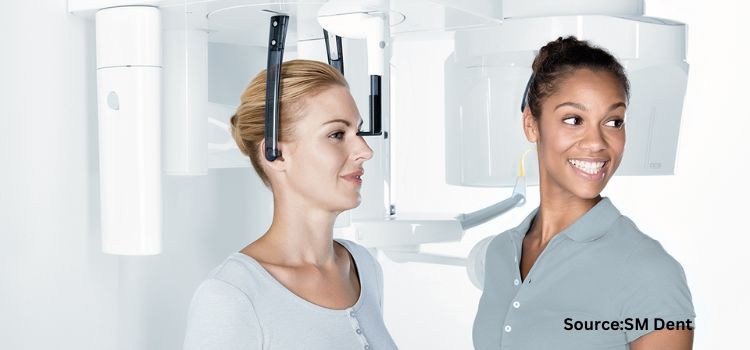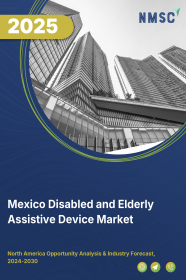
Mexico Disabled and Elderly Assistive Device Market by Type (Mobility Impairments, Hearing Impairments, Visual Impairments, Cognitive Impairments, and Self-Care), and by End User (Hospitals, Elderly Nursing Homes, Home Care, and Other End Users) –Opportunity Analysis and Industry Forecast, 2024 – 2030
Industry: Healthcare | Publish Date: 17-Feb-2025 | No of Pages: 119 | No. of Tables: 87 | No. of Figures: 52 | Format: PDF | Report Code : HC1070
Mexico Disabled & Elderly Assistive Device Market Overview
The Mexico Disabled & Elderly Assistive Device Market size was valued at USD 1.18 billion in 2023, and is predicted to reach USD 3.64 billion by 2030, at a CAGR of 16.4% from 2024 to 2030.
The disabled & elderly assistive device market refers to a wide range of products and services designed to support the aging population and individuals with disabilities in maintaining their autonomy and improving their quality of life. This market covers medical furniture, hearing aids, mobility aids and living aids, that are crucial for managing chronic conditions and ensuring safety.
Innovations in these areas are driven by the need to address the growing challenges of an aging population and the diverse requirements of individuals with disabilities, making this market integral to enhancing accessibility and wellbeing.
The market in Mexico is further fueled by growing rate of disabled individuals, rapid technological advancements, and evolving regulatory landscapes, the disabled & elderly assistive device industry prioritizes inclusivity and continuously adapts to meet the ever-changing needs of its diverse user base.
Significant Healthcare Expenditure Fuels the Demand for Assistive Devices in Mexico
The substantial healthcare expenditure is a pivotal driver for the growing Mexico disabled & elderly assistive device market demand. By allocating significant funds to enhance healthcare infrastructure and services, the government improves the accessibility and availability of advanced medical devices.
According to the Organization for Economic Cooperation and Development (OECD) report 2023, Mexico spends USD 1181 per capita on health that equals to equal to 5.5% of GDP. There are 2.5 practicing doctors per 1,000 population and 1.0 hospital beds per 1,000 population.
This financial investment supports the development and dissemination of a diverse range of assistive devices, from basic mobility aids to sophisticated medical equipment, catering to the needs of the elderly and disabled population.
Increasing Aging Population Drives the Demand for Assistive Devices
The demographic shift towards an aging population is a major factor boosting the demand for assistive devices. As the proportion of elderly individuals continues to rise, there is an increasing need for devices and devices that address age-related health conditions and support independent living.
As per the World Bank Group report 2022, the average share of population aged 65 years and over in Mexico stood at 8.3%. This highlights the growing Mexico disabled & elderly assistive device market trends, hearing impairments, and other assistive devices designed to enhance the quality of life for older adults. The expanding elderly population in the country underscores the importance of innovative products and services tailored to meet their evolving needs.
The Regulatory Challenges Hinders the Mexico Disabled & Elderly Assistive Device Market Expansion
The Mexico disabled & elderly assistive device market growth faces significant regulatory challenges that restrain innovation. Regulatory bodies such as the Federal Committee for Protection from Sanitary Risks (COFEPRIS), and other national agencies impose stringent approval processes, requiring assistive products, especially medical devices, to undergo extensive testing and certification before entering the market.
This ensures safety and efficacy but delays product launches and elevate costs significantly. These factors collectively pose substantial barriers, limiting the availability of hearing aids and amplifiers in the market.
The Integration of AI Into Assistive Device is Expected to Create Ample Growth Opportunity for the Market
The integration of assistive technology such as artificial intelligence (AI) and advanced sensors into disabled & elderly assistive devices represents a transformative leap towards a future where these devices are not only more advanced but also more personalized and accessible than ever before.
AI enables assistive devices to evolve beyond static solutions, becoming dynamic and adaptable to the specific needs of each user. Through machine learning algorithms, these devices learn from user interactions, continuously improving their functionality and responsiveness.
Competitive Landscape
The promising players operating in Mexico disabled & elderly assistive device industry includes BIONIK, Pacific Medical, Inc., Invacare Invamex, Freedom Scientific Inc., Stryker Corporation, Starkey Hearing Technologies, Medline Mexico, Baxter México, Drive DeVilbiss Healthcare, Thuasne, and others.
Mexico Disabled & Elderly Assistive Device Market Key Segments
By Type
-
Mobility Impairments
-
Wheelchairs
-
Walkers and Rollators
-
Canes and Walking Sticks
-
Crutches
-
Portable Ramps
-
Others
-
-
Hearing Impairments
-
Hearing aids
-
FM System
-
Deafblind communicators for hearing
-
-
Visual Impairments
-
Screen readers
-
Optical magnifiers
-
Smart phones for vision
-
Braille writing equipment
-
Talking Devices
-
-
Cognitive Impairments
-
Self-Care
-
Shower Chairs
-
Grab-bars/handrails
-
By End User
-
Hospitals
-
Elderly Nursing Homes
-
Home Care
-
Other End Users
Key Players
-
BIONIK
-
Pacific Medical, Inc.
-
Invacare Invamex
-
Freedom Scientific Inc.
-
Stryker Corporation
-
Starkey Hearing Technologies
-
Medline Mexico
-
Baxter México
-
Drive DeVilbiss Healthcare
-
Thuasne
REPORT SCOPE AND SEGMENTATION:
|
Parameters |
Details |
|
Market Size Value in 2023 |
USD 1.18 billion |
|
Revenue Forecast in 2030 |
USD 3.64 billion |
|
Value Growth Rate |
CAGR of 16.4% from 2024 to 2030 |
|
Analysis Period |
2023–2030 |
|
Base Year Considered |
2023 |
|
Forecast Period |
2024–2030 |
|
Market Size Estimation |
Billion (USD) |
|
Growth Factors |
|
|
Companies Profiled |
10 |
|
Customization Scope |
Free customization (equivalent up to 80 working hours of analysts) after purchase. Addition or alteration to country, regional, and segment scope. |
|
Pricing and Purchase Options |
Avail customized purchase options to meet your exact research needs. |

















 Speak to Our Analyst
Speak to Our Analyst



